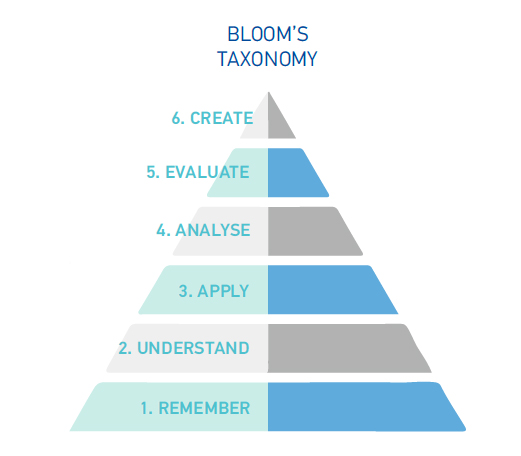Teaching & Learning in a GenAI World
Co-existing with AI Tools in University Education
How should we respond to the rise and rapid adoption of Generative Artificial Intelligence (GenAI)? According to an NTU student survey (May 2023), the vast majority of students are already using GenAI for generating ideas and resources and for supporting personalised learning.
Yet GenAI and its use in higher education is still in its infancy and the pace of its evolution is rapid and seemingly unstoppable. Instead of seeing this as a threat, let it serve as a wake-up call for higher education leaders and faculty to take a fresh look at pedagogical approaches and assessment tools. After all, GenAI is simply another technological tool, and university education needs to be better prepared to adapt to its ongoing advancements.

➤ Redesigning Take-home Assignments
When giving your students take-home assignments, how can we ensure they aren’t outsourcing their learning and assignment completion to machines?

One way is to design meaningful take-home assignments. The purpose of take-home assignments
may not be meaningful if they are positioned at Levels 1 & 2 of the Revised Bloom’s Taxonomy (GenAI can easily simulate these tasks). Even if take-home assignments are pitched at Levels 3 to 6, but highly abstract and de-contextualised,
GenAI might still easily complete the assignment.
The take-home assignment will only be meaningful if the assignment is highly contextualised, situated and involves the students interacting with people or artifacts in the physical world to complete the assignment.
➤ Considerations for Assessments
Where GenAI is permitted for use (with full attribution), how can we ensure that our assessments are valid and reliable?
Here, we suggest a couple of considerations.
- Demonstration or evidence of the students’ transfer or application of learning from the authentic context and/or interaction with people or things in the physical world.
- Reflection or introspection that make visible the transfer or application of learning to create personally meaningful ‘new’ knowledge/insights.
The bottom line is that for educators, its crucial to give proper guidance on the productive, ethical, and critical use of GenAI tools, understanding the potential risks these tools pose to essential cognitive skills like synthesis and critical thinking. By striking a balance between harnessing the benefits and addressing the challenges, we can navigate the evolving landscape of technology in higher education with confidence and ensure the continued development of students' cognitive abilities.














/enri-thumbnails/careeropportunities1f0caf1c-a12d-479c-be7c-3c04e085c617.tmb-mega-menu.jpg?Culture=en&sfvrsn=d7261e3b_1)

/cradle-thumbnails/research-capabilities1516d0ba63aa44f0b4ee77a8c05263b2.tmb-mega-menu.jpg?Culture=en&sfvrsn=1bc94f8_1)

7e6fdc03-9018-4d08-9a98-8a21acbc37ba.tmb-mega-menu.jpg?Culture=en&sfvrsn=7deaf618_1)
